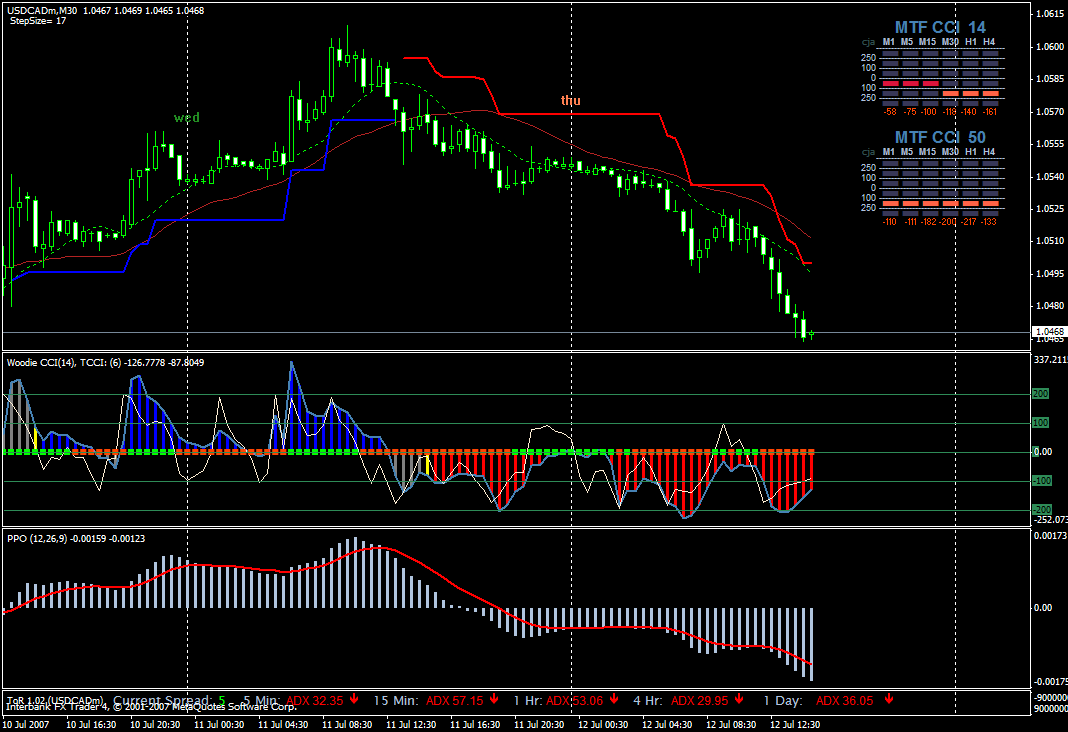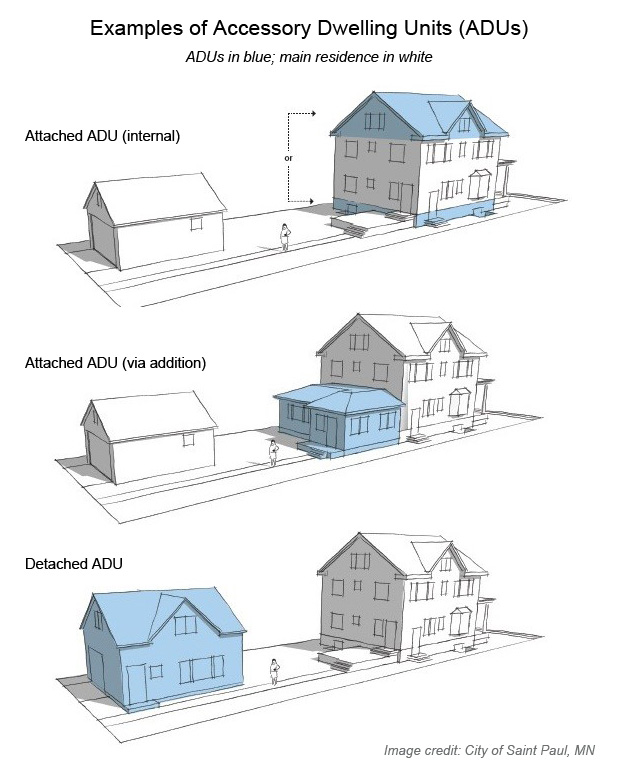Contents:


In other places body panels and doors are assembled to the chassis, and dashboard instruments and wiring are added by hand with simple tools. Each operator learns his task in detail and uses tools specialized for that task. The total operation is paced by the speed of movement of the conveyor that carries the partially assembled automobiles. While an advantage of mass production is that it can reduce labor costs, employees who remain part of an assembly line may lack motivation because their tasks are repetitive. The boredom caused by repetitive work can lead to low employee morale and increased levels of turnover. As a result of Ford’s mass production, cars became something that the general public could afford, rather than a luxury item that only a limited number of people had access to.
Preventative safety measures, such as fire drills, as well as special training is therefore necessary to minimise the occurrence of industrial accidents. The probability of human error and variation is also reduced, as tasks are predominantly carried out by machinery; error in operating such machinery has more far-reaching consequences. A reduction in labour costs, as well as an increased rate of production, enables a company to produce a larger quantity of one product at a lower cost than using traditional, non-linear methods. Studying the smallest parts of simple tasks, such as the shoveling of dry materials, Taylor was able to design methods and tools that permitted workers to produce significantly more with less physical effort. Later, by making detailed stopwatch measurements of the time required to perform each step of manufacture, Taylor brought a quantitative approach to the organization of production functions.
In some processes, NPs are arranged deterministically on predefined structures. This leads to much higher precision in the deposited pattern with much fewer defects. These regular patterns could be used to obtain high-performance plastic-based high-efficiency OLED and solar cells.
Mass production requires a high number of resources to get started. A firm will require all the components to set up a streamlined process. It will most likely need a factory and machinery, as well as trained personnel – all of which takes up significant levels of capital. The production process is defined as the process in which the ‘factors of production’, i.e. input of resources, are turned into products or services.
Types of production examples
The can would then be moved along onto another machine which would enclose the can. Finally, the finished can is then moved onto a pallet or crate where it will be dispensed to its final location. Industries that operate in a capital-intensive sector need to produce products in large quantities to gain an adequate return on investment. Job production is a production method where only one order is completed at a time. Each order is unique and meets the specific requirements of the customer. Customised production is the process in which goods and services are produced on the basis of the customers’ needs.
- The three production processes that we’ve covered so far are designed to satisfy large volumes and continuous production.
- Mass production has been linked to the Fast Fashion Industry, often leaving the consumer with lower quality garments for a lower cost.
- Mass production of fluid matter typically involves pipes with centrifugal pumps or screw conveyors to transfer raw materials or partially complete products between vessels.
- Bulk materials are handled by screw conveyors and belt and chain and include items like wood chips, grains, ores and coal.
- Machinery is very expensive to buy, so production lines are very expensive to set up.
- A typical example of the same will be tailored outfits which are made just for you or a cake which is made just like you want it.
Finally, heteroatom-doped graphene can be synthesized by in situ or posttreatment methods. Very large numbers of transistors are produced at once on a single silicon wafer. Mass production of low margin goods is the common denominator of the methods listed in the table. Consequently, the economies of scale resulted in the most affordable price of any commodity for the customer without having to sacrifice income for the producer. A custom furniture company offers about 50 different products while stocking hundreds of inventory items, yet they ship about 10 finished pieces per month.
Some common examples of mass production include motor vehicles, mobile phones, video games consoles, and canned foods. Depending on the type of goods being produced, fewer employees are needed. That means it can produce at a lower unit cost and therefore provide it to the mass population at a lower price. It can continuously flow down an assembly line with each stage being completed by a different machine or worker.
Advantages and disadvantages
In 1807, Terry developed a spindle cutting machine, which could produce multiple parts at the same time. Terry hired Silas Hoadley and Seth Thomas to work the Assembly line at the facilities. The Porter Contract was the first contract which called for mass production of clock movements in history. Chauncey Jerome, an apprentice of Eli Terry mass-produced up to 20,000 brass clocks annually in 1840 when he invented the cheap 30-hour OG clock. Specialize in producing the formed metal parts that constitute the body of the automobile. Radio assembly plants, in turn, depend upon other assembly plants for components such as transistors and integrated circuits.
When development is strictly monitored, mass production results in the precise assembly, as production line machines have set criteria. This cost savings comes from the production of automated assembly line processes that require fewer employees. Starting a mass production business requires huge start-up costs such as that for the factory, land, and machinery. Small startup businesses will find it difficult to amass this capital and compete. In turn, they must use different production processes at a higher cost – which makes it difficult to compete. It is easy to get confused between batch production and mass production.
The production process is largely machine operated and flows through a conveyor belt system which fills and encloses the foods. For example, baked beans flow constantly through a number of stages. First of all, the beans are rehydrated and then inserted into the cans. These then go onto another stage where the spices and tomato sauce is added.
It was the first commercial computer whose forty-six systems were mass-produced. Mass production enables continuity and high rhythm in production and ensures that there is a consistent implementation of all the production process operations as per the set production rhythm. And off-the-shelf products, banking and storage systems will need to be optimized.
Does mass production produce quality items?
Your Guide to Growing a Business The tools and resources you need to take your business to the next level. Your Guide to Running a Business The tools and resources you need to run your business successfully. Your Guide to Starting a Business The tools and resources you need to get your new business idea off the ground. Since Ford’s revolutionary invention, motor vehicles are now mass produced all across the world. One may put on the door, whilst another assembles the steering wheel, and another the tires. Whilst mass production can be inflexible, it is the most efficient form of production.
Another example can be seen in the food industry whereby food can go to waste if too much is produced. There can be seasonal fluctuations which can make it difficult to determine demand. So when food is perishable, the cost benefits achieved by mass production may not be worth the sunk costs of perished goods. With mass production, everything is standardized – from the product to the machines.
Why the French Army Will Continue to Prioritize Quality Over Mass – War On The Rocks
Why the French Army Will Continue to Prioritize Quality Over Mass.
Posted: Fri, 28 Apr 2023 07:00:00 GMT [source]
QuickBooks Enterprise for Manufacturinghas all the business management functionality you need to keep your inventory management and sales fulfillment on track. Coming up, we’ll explore examples of each method, how they work, and best practices for implementing them. The latest product innovations and business insights from QuickBooks. What’s New The latest product innovations and business insights from QuickBooks.
Using a European crafts system into the late 19th century it was difficult to meet demand for products such as sewing machines and animal powered mechanical harvesters. By the late 1920s many previously scarce goods were in good supply. One economist has argued that this constituted “overproduction” and contributed to high unemployment during the Great Depression. Say’s law denies the possibility of general overproduction and for this reason classical economists deny that it had any role in the Great Depression. In a factory for a complex product, rather than one assembly line, there may be many auxiliary assembly lines feeding sub-assemblies (i.e. car engines or seats) to a backbone “main” assembly line.
AM advances the development, design, and manufacturing of … – Today’s Medical Developments
AM advances the development, design, and manufacturing of ….
Posted: Fri, 05 May 2023 15:32:13 GMT [source]
The technique is important to manufacturers because it lowers the cost of producing items per unit and allows them the ability to control the quality of items. Items may also be produced more efficiently, allowing for greater profit. However, Ford management performed time studies and experiments to mechanize their factory processes, focusing on minimizing worker movements. The difference is that while Taylor focused mostly on efficiency of the worker, Ford also substituted for labor by using machines, thoughtfully arranged, wherever possible.
Disadvantages of Mass Production
Just like iron ore can be converted into rolled steel, thermoplastic raw materials can be converted into solid shapes such as bars, sheet, plates, rods, and tubes. Some thermoplastics can be converted into a fiber form, which can be used as-is, or woven into cloth, or carpeting, other shapes. There is an entire industry dedicated to the fabrication and use of nonwoven thermoplastic fibers. Some thermoplastics can also be converted into a film form, which are often stored in rolls.
Some automated machines have been produced to allow for fast plant propagation.Also, for some plants that help to sequester carbon , techniques have been developed to help speed up the process . Lillian Gilbreth, U.S. industrial engineers, began their pioneering studies of the movements by which people carry out tasks. Using the then new technology of motion pictures, the Gilbreths analyzed the design of motion patterns and work areas with a view to achieving maximum economy of effort. The “time-and-motion” studies of Taylor and the Gilbreths provided important tools for the design of contemporary manufacturing systems. The fast food industry uses mass production to provide consistent experiences from one location to another. Food is mass-produced and frozen, and natural and artificial flavors are added at the factory.
Plus, get practice tests, quizzes, and personalized coaching to help you succeed. The objective of the following Essay Prompt is to enable you to apply your knowledge acquired on Mass Production by studying a real-life? Business example in which Mass Production was crucial to a company’s success and longevity. Alternatively, check out theMarketing91 Academy, which provides you access to 10+ marketing courses and 100s of Case studies. The Structured Query Language comprises several different data types that allow it to store different types of information…
Bag systems will need to be widely employed to maintain system closure. Importantly, reliable and automated, optically or RF coded labeling and retrieval systems will need to be employed. When an npn transistor, such as that on page 89 is made, we begin with a wafer doped to produce n-type silicon. Areas of this are etched and doped to produce the p-type silicon of the base layer. Although the silicon in the base begins as n-type, it is converted to p-type by diffusing an excess of a hole-producing dopant, to cancel out the effects of the electron-producing dopant already present. The wafer is then exposed to a mask which causes smaller areas to be etched over the base layer, and then the wafer is doped to produce a smaller shallower n-type layer in the base layer.
Just-in-time is a production method where a business only produces what is required to keep the stock level at a minimum. Therefore the production may be divided by size, color, form, etc. Mass production is when there is continuous production and all employees work to produce the same items at the same time. Secondly, in the production of biscuits, the organization will need the machines to mix all the necessary ingredients.

In addition to cutting costs, bulk manufacturing increases the overall productivity. According to the New York Times, an iPhone factory in Central China produces a whopping 500,000 units a day. It involves a total of 400 steps in assembling the iPhone at a rapid 350 units per minute. The mammoth assembly line is broken down to production per hour. During the industrial revolution, another crucial step of large-scale production was measuring the time taken by each worker. To function in an assembly line, the machinery used in large-scale production is standardized.
Although earlier observers had noted this phenomenon, Smith’s writings commanded widespread attention and helped foster an awareness of industrial production and broaden its appeal. Manufacturers are experimenting with the integration of three-dimensional printers in the mass production of everyday products. Henry Ford, founder of Ford Motor Co., developed the assembly line technique of mass production in 1913. In the traditional method, only one of the steps could be done at a time. In an assembly line, the work is divided into specialized workstations. When the engine workstation completes, the car is passed on to the hood workstation and finally to the wheels workstation.
This category of customised production involves a personal touch based on the specific customer’s demand. Say one dress is specifically designed for a celebrity for a particular award show, on-demand, with a choice of colour and pattern, and customised to the event’s theme. Job production means the products are produced in a limited quantity and may be specific to customer preferences.
Upstream vertical integration, such as to example of mass production, is away from leading technology toward mature, low-return industries. Most companies chose to focus on their core business rather than vertical integration. This included buying parts from outside suppliers, who could often produce them as cheaply or cheaper.
